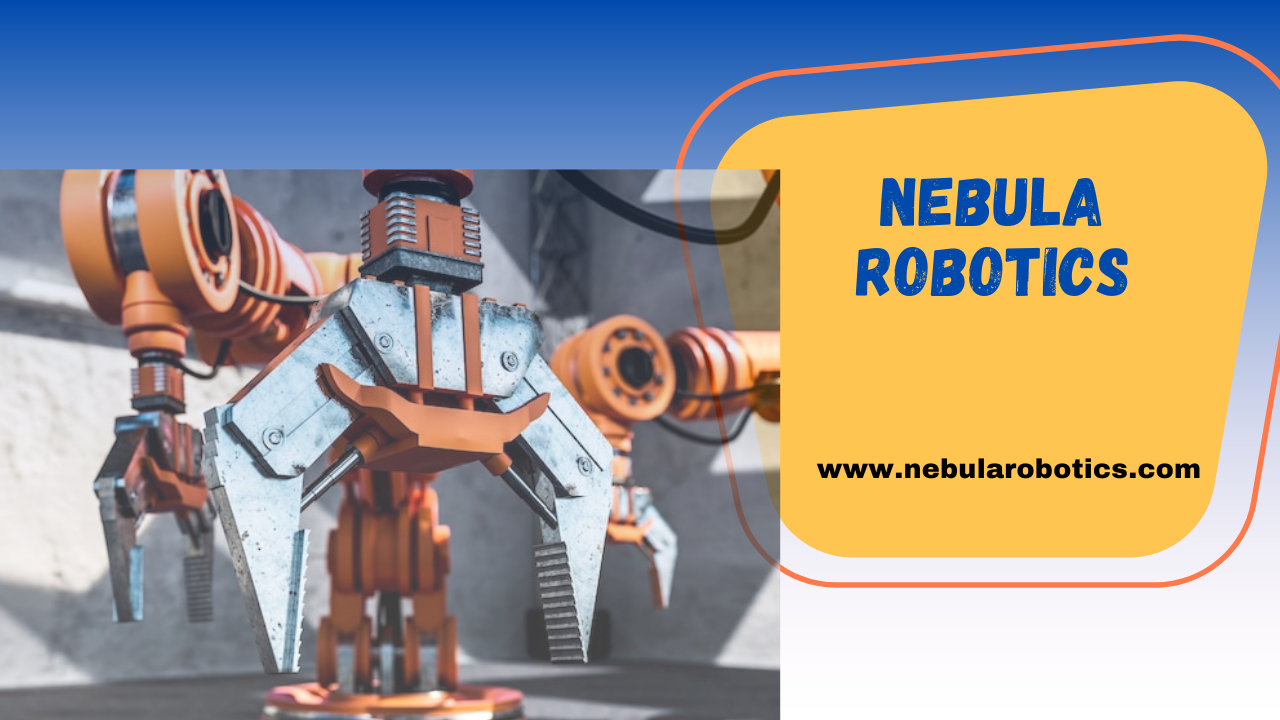If you're considering delving into the world of robot screwdriving, look no further than this comprehensive guide! As humans, we're prone to errors, particularly in repetitive tasks such as screwdriving. Even the most skilled and dedicated workers can't match the reliability and consistency of a well-designed robot screwdriving system.
But how can you ensure that your screwdriving cell is truly effective? You may have concerns about having to modify your current screwdriving process (which may be necessary). You might worry about the time required to implement the robot system (which is a valid consideration). Additionally, you might be unsure about how to persuade upper management to embrace the idea of robotic automation.
This guide will address all these concerns and provide you with the knowledge and insights needed to design and implement a successful robot screwdriving solution.

Preparing for robot screwdriving
Preparing for robot screwdriving is a crucial step that sets the foundation for a successful implementation. This guide outlines the essential considerations you need to address in order to position yourself for triumph.
By following the guide, you'll find answers to important preliminary questions, such as:
- Will automated screwdriving be faster or slower compared to human screwdriving?
- How will automation impact the quality of the screwdriving process?
- Can automation enhance the overall output of the cell?
- What effects will automation have on the cell's productivity?
You'll gain a clearer understanding of these aspects, empowering you to make well-informed decisions during the subsequent design and operational phases of your robot screwdriving deployment.
Determining Automation Feasibility: A Quick Analysis Method to Help You Decide
Deciding whether to automate your screwdriving application requires careful consideration. While it is possible to automate the task, it doesn't automatically mean it's the best choice for your situation. This blog introduces a straightforward method that enables you to assess your task effectively, guiding you in determining whether robotic automation is truly the optimal solution for your unique requirements.
The provided quick-and-easy analysis method equips you with the necessary tools to compare the potential impact of the task on your business. It enables you to evaluate whether the deployment's complexity aligns with your capabilities and resources. Furthermore, you'll learn about the key indicators that signal a screwdriving process is ready for automation (which may or may not apply to your specific task).
By utilizing this analysis method, you'll gain confidence in your decision-making process regarding robotic screwdriving, either confirming it as the right choice for your application or recognizing that it may not be suitable for your specific task.
Essential Factors to Consider When Designing Your Robot Screwdriving Cell
When designing your robot screwdriving cell, there are three crucial considerations that require your attention. This guide provides valuable insights and detailed information on these key factors to ensure you make informed decisions during the design phase.
Additionally, it explores the various technologies available and discusses their respective advantages and disadvantages, aiding you in selecting the most suitable options for your screwdriving cell.
Ensuring Safety in Your Screwdriving Cell Design
While collaborative robots are designed to be safe when operating around humans, it's important to address all safety aspects within your screwdriving cell. This guide offers a valuable tip to help you establish a comprehensive safety approach that covers not only the robot but the entire cell.
Designing for Collaboration in Your Cell
One of the remarkable advantages of collaborative robots is their ability to work alongside humans, making them ideal for screwdriving tasks that are often part of larger assembly processes involving manual steps. To support this collaborative environment, the guide presents key considerations for designing a cell that fosters effective human-robot collaboration during screwdriving operations.
Want solution for your automation problems?
Find out how cost-effective, safe, and flexible robots are making automation easier than ever for businesses of every size.

.png)

